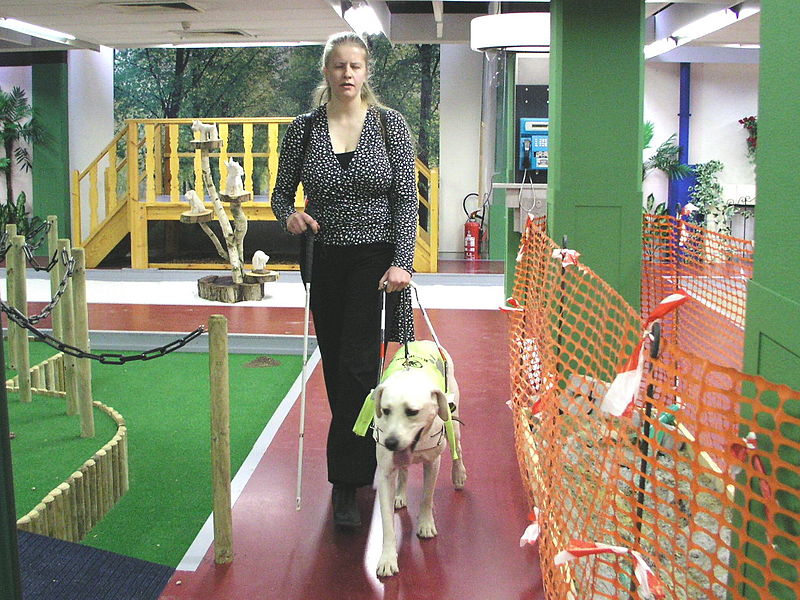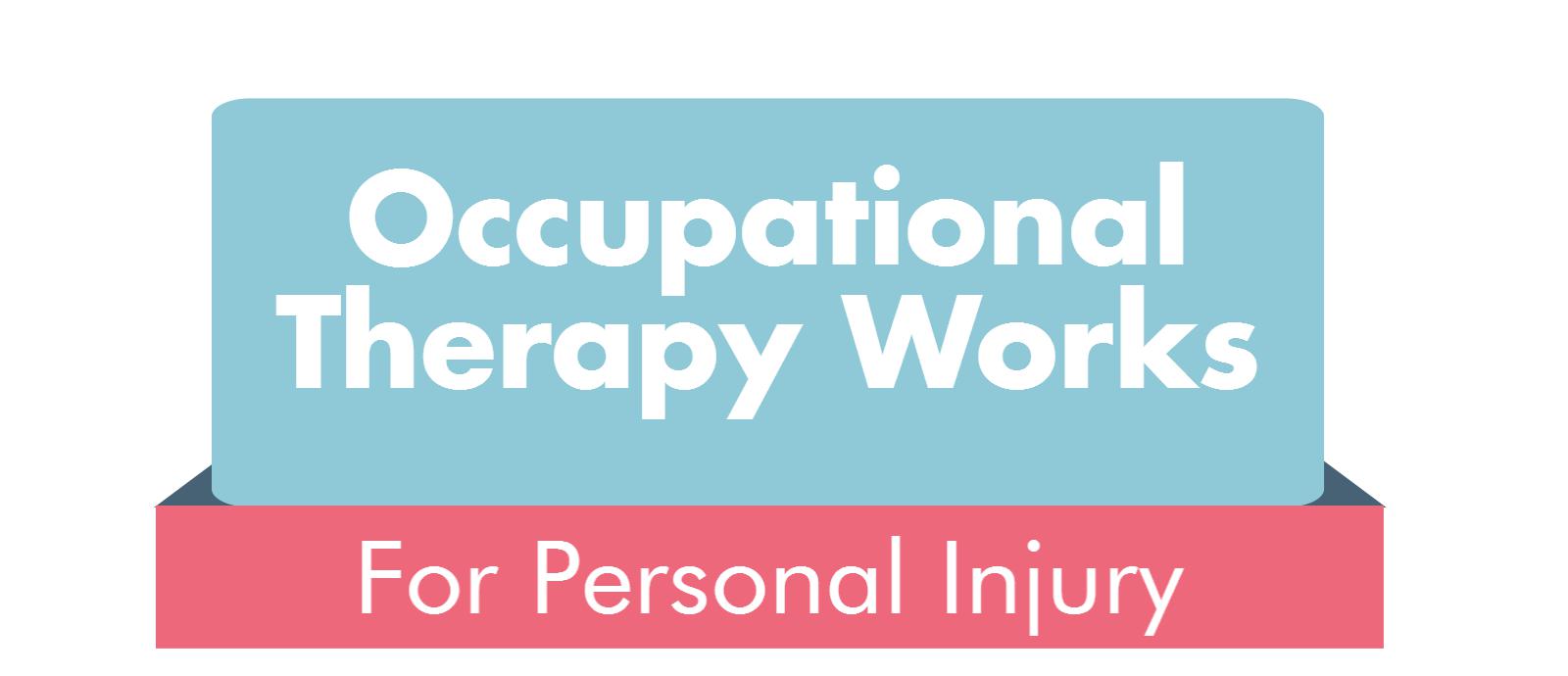Julie Entwistle, MBA, BHSc (OT), BSc (Health / Gerontology)
My grandmother is legally blind. She first lost her hearing in her 60’s but managed this well with hearing aids and the ability to lip read. She also learned some sign language. Then, in her 70’s, her sight also started to fail her. This progressed until she was left with what she calls “cheese cloth” and shadow vision in her right eye and minimal, if any, vision in her left. While adjusting to failing sight was of course difficult for her, adjusting to also losing the ability to lip read and communicate with people was an even bigger challenge. She had always used her vision to compensate for her hearing loss and this was no longer an option.
As an occupational therapist I have worked with people who have low vision, and can say that no two people will experience this the same. First of all, vision loss, and legal blindness, do not mean total blindness, so the first step is always trying to understand what people can see and the ways their vision continues to work (or not) for them. This of course involves multiple professionals, but as occupational therapy is about “function” we need to look at how their vision works, and doesn’t work, in the environments in which they live and access.
Of course, safety is always the primary concern when dealing with vision loss. Safety in the home involves looking at fall risk, ease of mobility, cooking and meal preparation, and of course the ability to respond to an emergency. In the community this involves how someone with vision loss can negotiate roads and streets, manage around other people, complete paperwork at stores and offices, and avoid compromising situations such as becoming victimized or managing money transactions. Transportation is also an issue and getting from A to B usually involves the use of an attendant, taxi, or walking via a service dog or with the use of a white cane (which is mainly used to notify others of a visual impairment and to detect obstacles).
So as an occupational therapist, what type of strategies do we employ? Well, of course it will vary depending on the amount of vision someone has and of course the functional tasks they want to achieve. But here are the main ways we help:
Sleep – insomnia is a significant problem for people with vision loss. Lack of sight can impact the sleep / wake cycle and restlessness is a common problem. Yet, with poor sleep comes poor physical, emotional and cognitive function in the days following so addressing sleep issues is very important. For this we can help by suggesting sleep and relaxation CD’s, mindfulness methods to reduce anxiety and mental unrest, and positioning aids to promote comfort. Helping people to creating predictable sleep / wake cycles is also important. Some audiobooks are also helpful provided they promote cognitive rest, and not cognitive stimulation. We also discourage television or computer use, or listening to news or world events before bed as this can also stimulate the mind making sleep more difficult.
Personal Care – it is very important that someone with a visual impairment have a consistent personal care routine. This helps to promote sleep / wake cycles and keeps the body on a predictable schedule. The bathroom can be a very unsafe place if equipment is not provided to ensure transfers in / out of the shower or tub are safe, it is easy to get on / off the toilet without grabbing the towel rack, and to prevent falls that can be common in this space. Organization is key to ensuring that the individual can find the items they need when they need them, without unnecessary and timely searching. Lighting and contrast on bottles or counters, and using shapes to identify objects is helpful.
Cooking – there are many ways to address function in the kitchen, but the main ingredient is always organization. People with visual impairment need things to be consistently placed where they expect to find them. Their ability to search and locate is impaired, and thus it is inefficient (and unsafe) for them to be rummaging through drawers or cupboards to find cooking utensils or other items. Color contrast is also important. Using tape, foam, Dycem, stickers, markers, or even shelf paper we can adjust surfaces to promote contrast or to re-label items in larger print. Items can also be purchased in different colors or shapes, depending on what is easier for the individual to see. There are several other devices and tools that can also be used to help someone with a visual impairment to know when they have filled a pot or glass, to know the buttons on the microwave, to more safely chop or cut, and lighting in the space is very important (but note that too bright and too dark can both be problematic).
Technology – there are many technology aids and devices that can promote the function of someone who is visually impaired. Voice recognition software, text to talk technology, closed circuit readers, and Siri-managed phones and tablets. Using a computer, someone who is visually impaired can order groceries online, do their banking, shop, communicate with others, read the paper, and interact with the world. This allows them to function in needed and purposeful ways, but safely and independently.
As you can tell, most of these suggestions involve the environment and modifying this to promote function. That is really the heart of occupational therapy – if we can’t change the person or the impairments they experience, we can at least adjust their environment to accommodate their needs, compensate for any deficits and promote independence. But this of course also requires the by-in from other people using the space as without the entire family on board, the strategies could get lost after implementation.
My grandmother functions extremely well for someone with both hearing and vision loss. She is probably the smartest person I know at 88 years old. I fully believe that she now compensates for her deficits with her extremely sharp mind that allows her to retain and remember everything. As my dad says “she is blind in one eye and sharp as a tack in the other”. She is an inspiration and has managed to adjust to some significant challenges in her later years. However, I do get concerned when I visit and she wants me to read her scale so she knows how much she weighs. I always ask her what she wants to hear and her response is something along the lines of “you are a rotten kid”…something her and my grandfather always called me – especially when I took a quarter off them playing cribbage.
Originally posted February 2015








